
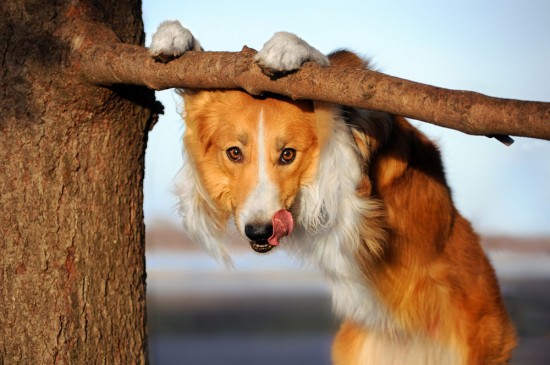
Much like human teenagers, adolescent dogs (aged between around six and eighteen months) find themselves growing into a continually changing and almost adult body, while still in many ways being possessed of the brain and mental reasoning ability of a puppy dog.
If you own a dog that is on the brink of adulthood and are wondering what to expect, if you already have a dog of this age and are wondering if everything you are observing is normal, or if you are considering getting a younger dog and want to know what you’re letting yourself in for, we’ve got you covered. Read on to find out more about the mental and physical development of the adolescent dog, what to expect from this phase of development, and how to deal with it.
It is important to remember that dogs and humans think in very different ways, and just as it can be difficult communicating to your dog what you are thinking or what you want them to do sometimes, so your dog will experience the same problem in reverse when communicating with you!
Adolescent dogs will act differently to how either puppies or adult dogs would in many situations, as they are responding to both the changes and development occurring within their bodies, and their understanding of and relationship with the world around them as a whole.
Some issues that may be considered to be behavioural problems in the adult dog, such as inappropriate chewing and overtly sexual behaviour, are perfectly normal phases for the adolescent dog, and ones that need to be worked through rather than punished. After all, it is not fair to punish your dog for natural behaviour that is exhibiting itself due to the changes that your dog’s physical and mental development is causing within them.
There are several key stages or processes that occur in the adolescent dog as they pass from puppy-hood into maturity, and all of these stages are development and age related rather than being the root or beginning of an unwarranted behavioural problem.
Your adolescent dog will start to grow in their second set of teeth at between six and eight months of age. During this time, your dog will find their teeth often sore, painful and aching, and will do anything that they can to help ease the pain and discomfort and help the teeth to break through the gums. This means chewing; and often, teething dogs are none too picky about what they chew upon during this time! Make sure that you have plenty of suitable chew toys available for your dog at this stage, and do not remove access to them as a means of punishment or control.
The rapid growth of your dog’s developing joints and muscles can cause aches and sometimes, actual pain to your dog from the age of around six months old. If your dog appears to be in pain or discomfort during this time, or is restless and unable to settle, this may be due to growing pains that will resolve themselves in time.
As your dog’s mind matures and their experiences of the world have begun to fuse together cohesively into a picture of life and social interaction, your adolescent dog will turn their puppy fear at unknown and scary situations into an adult response; either defensive aggression, excitability or shyness. How you deal with their reactions and experiences at this stage is very formative in how your adolescent dog will deal with similar situations as an adult.
Larger and older dogs are often very forgiving of unruliness and ‘mistakes’ in the social etiquette of puppies, and will often react much more indulgently to invasions of their territory, bad manners and overzealous play. However, once your puppy reaches adolescence and approaches their fully-grown adult size, other dogs will begin viewing them as equals, and reacting accordingly. This can be confusing for the adolescent dog, which is often still trying to get to grips with the parameters of appropriate play and socialisation with other dogs, but is an important part of their learning process.
In the weeks leading up to the age at which your male dog should be neutered, the body begins to produce testosterone at levels several times higher than occurs in un-neutered adult male dogs. This means that typical male-dog behaviours that un-neutered adult dogs display, such as scent marking, sexual behaviour and in some cases, aggression, may manifest and be particularly pronounced in your adolescent male dog. Once this behaviour has begun to show itself, it is time to get your dog neutered!
Adolescent female dogs should be allowed to undergo one season or heat cycle before spaying, and the hormonal changes that the lead up to the heat cycle can be significant. Your adolescent female dog may become overtly interested in male dogs, aggressive towards females, clingy to the family and begin exhibiting sexual behaviours and mood changes.
Much as with human teenagers, the adolescent phase of your dog’s life is one of great change and upheaval, as the dog begins to grow into their adult body, develop their personality and establish their place in the world. This is a very formative time for your dog, and keeping their training going and ensuring that you continue to build upon the foundations of communication and bonding with your adolescent dog is important for both of you, and the relationship that you will have between you in the future. Make sure that you keep to your boundaries during this time, and establish your adolescent dog’s routine firmly so that they feel secure in their world and their interactions with you.
Finally, remember that your dog is going through a massive upheaval, and that your understanding of this and how you deal with it will make all of the difference to how your dog passes from adolescence into adulthood, and their ongoing happiness and wellbeing.
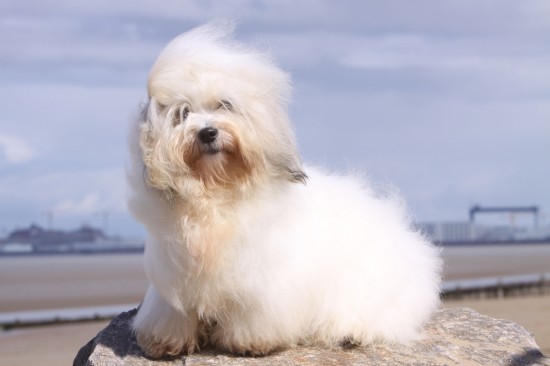 10 Dog Breeds That Boast Moustaches & Beards
10 Dog Breeds Tha
10 Dog Breeds That Boast Moustaches & Beards
10 Dog Breeds Tha
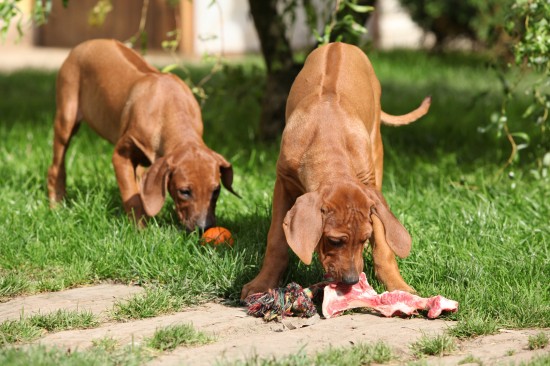 Some Interesting Facts About Dogs And Their Tastes In Food
Some Interesting
Some Interesting Facts About Dogs And Their Tastes In Food
Some Interesting
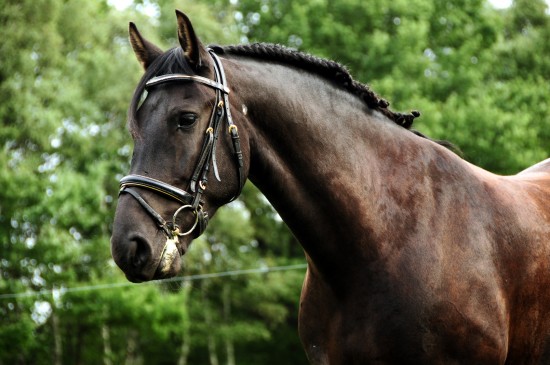 Caring For Your Horse After Vigorous Exercise
Caring For Your H
Caring For Your Horse After Vigorous Exercise
Caring For Your H
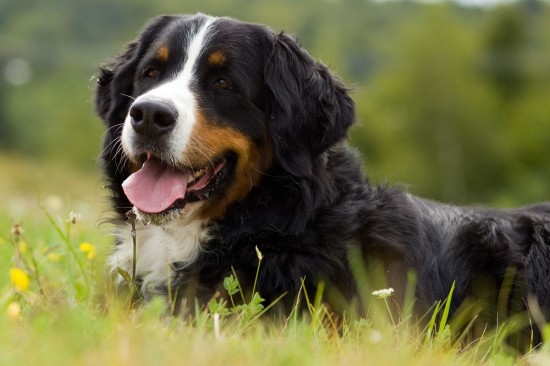 Canine Distemper - All About Distemper In Dogs
Canine Distemper
Canine Distemper - All About Distemper In Dogs
Canine Distemper
 How to Avoid Attacks From America's Favorite Companion
How to Avoid Attacks From America's Favorite Companio
How to Avoid Attacks From America's Favorite Companion
How to Avoid Attacks From America's Favorite Companio
Copyright © 2005-2016 Pet Information All Rights Reserved
Contact us: www162date@outlook.com